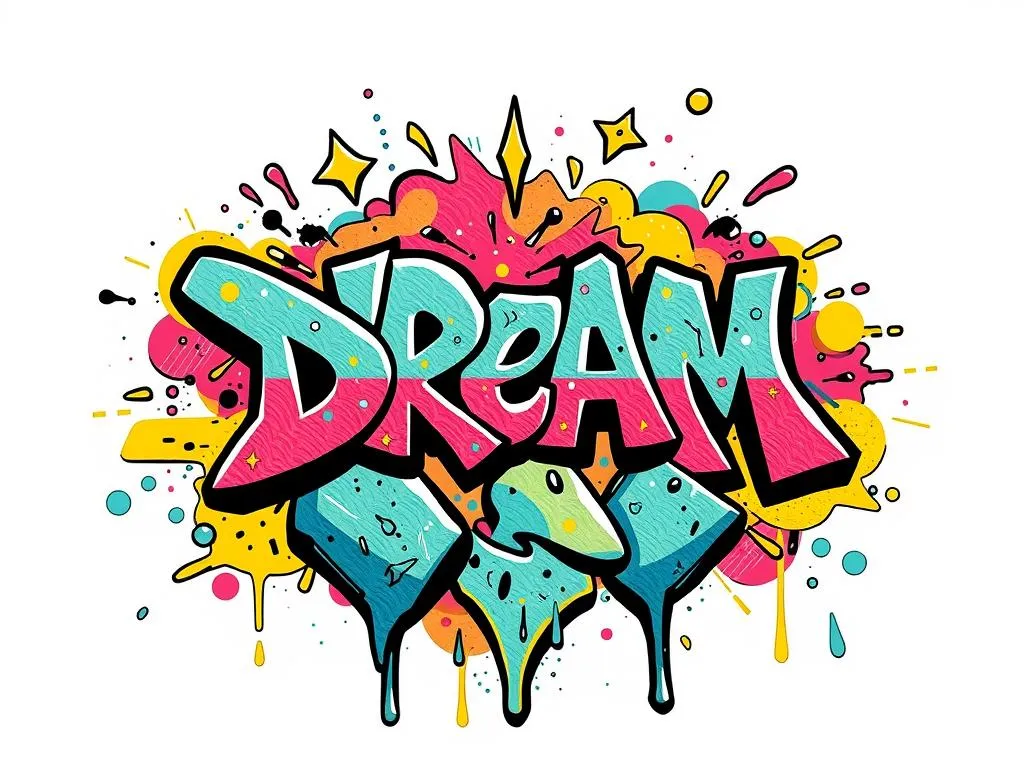Learn Dream Symbol Language

Dreams have fascinated humans for centuries. They are mysterious and often perplexing, filled with symbols that seem to convey hidden meanings. To learn dream symbol language is to unlock the secrets of our subconscious mind. In this blog post, we will explore various aspects of dream symbols, their meanings, and how they can provide insights into our lives.
About Dream Symbols
Key Characteristics
Dream symbols are unique to each individual. They can vary based on personal experiences, cultural backgrounds, and emotional states. Here are some key characteristics of dream symbols:
- Personal Significance: Each symbol may hold different meanings for different people. A snake might represent fear for one person and transformation for another.
- Cultural Influence: Cultural beliefs and practices can shape the way we interpret symbols. For example, water often symbolizes emotions in many cultures.
- Context Matters: The meaning of a symbol can change based on the context of the dream. A friendly dog might represent loyalty, while a barking dog could signify a warning.
Symbolic Meaning
Understanding the symbolic meaning of dreams is crucial for interpretation. Here are some common symbols and their meanings:
- Water: Often represents emotions. Calm water can signify peace, while turbulent water may indicate emotional distress.
- Flying: This is usually associated with freedom and escape. It can also signify a desire to rise above challenges.
- Death: While it may seem frightening, death often symbolizes change or transformation rather than a literal end.
Common Contexts
Dream symbols can appear in various contexts. Recognizing these contexts can help deepen your understanding:
- Everyday Life: Symbols often reflect daily experiences. For example, dreaming of your workplace may indicate stress or satisfaction in your job.
- Emotional States: Dreams may mirror your feelings. If you are feeling anxious, you might dream of being chased.
- Life Changes: Major life events, such as moving or starting a new job, can trigger specific dream symbols related to those changes.

Dream Interpretation Insights
Core Meaning
To learn dream symbol language, it is essential to grasp the core meaning behind each dream. A thorough interpretation involves examining both the symbols and the overall narrative of the dream.
- Ask Questions: Reflect on what the symbols mean to you personally. Why did you dream about a particular symbol?
- Consider the Narrative: Look at how the symbols interact within the dream. The storyline can provide valuable context for interpretation.
Emotional Connections
Dreams are often deeply rooted in our emotions. Understanding these emotional connections can lead to richer interpretations:
- Identify Feelings: What emotions did you experience during the dream? Joy, fear, sadness, or excitement can all be clues to the dream’s meaning.
- Link to Waking Life: Consider how your emotional state in waking life connects to the dream. For example, if you feel overwhelmed, dreaming of a chaotic environment might reflect that.
Key Messages
Dreams often carry important messages from our subconscious. Here are some ways to uncover these messages:
- Pay Attention to Repetition: If a symbol keeps appearing in your dreams, it may be trying to communicate something essential.
- Look for Patterns: Notice if certain symbols appear during specific life events or emotional periods. This can help you identify what your dreams are trying to tell you.
Related Dreams and Symbols
Similar Dream Scenarios
Many dreams share common themes and scenarios. Understanding these can enhance your ability to learn dream symbol language:
- Chase Dreams: Often indicate feelings of anxiety or avoidance in waking life.
- Naked Dreams: These may symbolize vulnerability or fear of exposure in social situations.
- Falling Dreams: Commonly represent feelings of insecurity or loss of control.
Symbolic Links
Some symbols are interconnected, providing a deeper understanding of your dreams:
- Animals: Different animals can represent various aspects of our personality. For example, a lion might symbolize courage, while a mouse could represent timidity.
- Colors: The colors in your dreams can also hold meaning. Bright colors often signify positive feelings, while dark colors may indicate negativity or fear.
- Objects: Everyday objects may appear in dreams, each with its own symbolism. For example, a key can represent opportunities or solutions to problems.
Conclusion
In summary, learning dream symbol language can open up a world of understanding about your subconscious mind. By exploring the characteristics, meanings, and contexts of dream symbols, you can gain valuable insights into your emotions and life experiences.
Reflecting on your dreams can be a powerful tool for personal growth. As you become more attuned to the messages your dreams convey, you may find yourself more in touch with your true self. Embrace the journey of dream interpretation and allow your dreams to guide you on your path to self-discovery.









